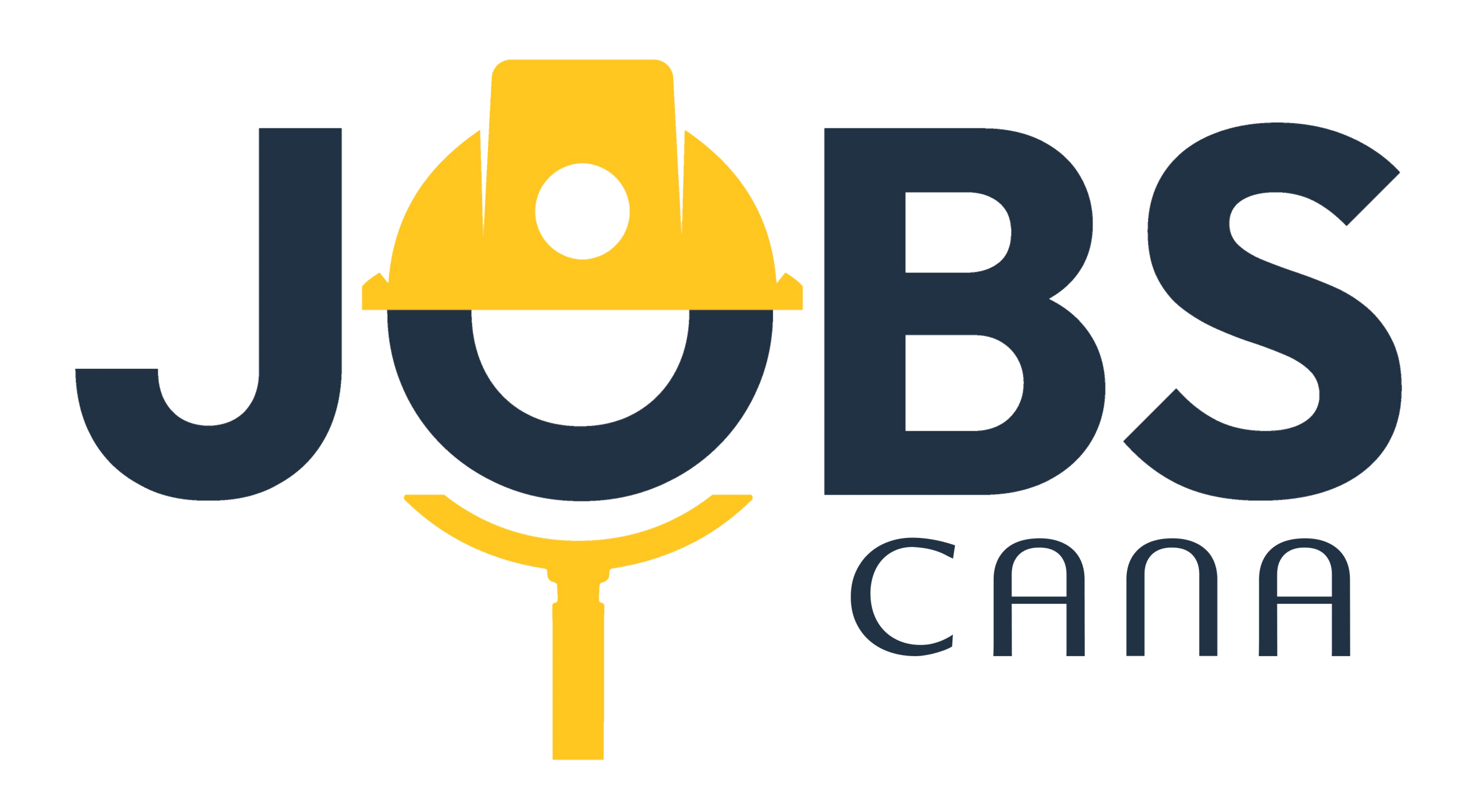Workplace culture plays a crucial role in the success and growth of a business. By understanding its importance, companies can create an environment that fosters productivity, collaboration, and employee satisfaction. Emphasizing positive workplace culture and addressing common challenges can lead to significant improvements in overall performance. Keep reading to discover effective strategies for transforming your business environment under our key areas such as understanding its core, addressing challenges, and measuring success.
Understanding Workplace Culture
Workplace culture encompasses the values, beliefs, behaviors, and norms that shape the environment in which employees work. It influences how employees interact, the level of trust, and overall productivity.
Importance of Understanding Workplace Culture
Having a deep understanding of workplace culture is crucial for business leaders and managers. This knowledge helps in identifying areas that require improvement and implementing strategies to foster a positive and inclusive environment.
A strong workplace culture aligns with the company’s mission and values, promoting a sense of belonging among employees. It encourages collaboration, innovation, and can significantly reduce turnover rates.
Identifying Elements of Workplace Culture
The primary elements that define workplace culture include:
- Leadership Style: The approach and behavior of leaders towards their team.
- Communication: The flow and openness of information within the organization.
- Work Environment: The physical and emotional setting in which employees perform their tasks.
- Company Policies: Rules and regulations that govern working conditions and employee behavior.
- Employee Engagement: The level of enthusiasm and commitment employees show towards their work and the company.
Steps to Analyze Workplace Culture
To understand workplace culture, consider the following steps:
- Conduct Surveys: Gather feedback from employees through surveys and questionnaires.
- Observe Behaviors: Pay attention to how employees interact and their overall morale.
- Review Policies: Examine the company’s policies and their impact on employees.
- Assess Leadership: Evaluate how leadership styles affect workplace culture.
- Analyze Communication: Look into the effectiveness of internal communication channels.
Understanding these aspects helps in creating a positive workplace culture that aligns with the organization’s goals and enhances employee satisfaction.
Benefits of a Positive Workplace Culture

Employees who feel valued and appreciated are more likely to be motivated and productive. A positive workplace culture fosters a sense of belonging and loyalty among team members. This environment encourages open communication and collaboration, leading to innovative ideas and efficient problem-solving.
Additionally, a positive culture can reduce stress and burnout. Supportive and friendly coworkers create a safe space for employees to express their concerns and seek help. This nurturing atmosphere can significantly improve mental health and overall well-being.
Companies with a strong workplace culture often experience lower turnover rates. Employees are less likely to leave when they enjoy their work environment and feel respected by their peers and supervisors. This stability can save the company significant time and resources in hiring and training new staff.
A positive workplace culture also enhances the company’s reputation. When employees are happy, they are likely to speak positively about their workplace, attracting top talent and loyal clients. This can lead to a virtuous cycle where the company’s culture and performance continuously improve.
Common Challenges and Solutions
Poor Communication
Weak communication channels can create misunderstandings and lead to conflicts among employees. It is crucial to foster transparent and open communication within the organization. Encourage regular team meetings, provide clear instructions, and actively listen to feedback.
Resistance to Change
Employees may resist changes in workplace culture due to fear or uncertainty. To overcome this, involve them in the change process, clearly explain the benefits, and offer support and training. Change should be a collaborative effort, not an imposed directive.
Lack of Employee Engagement
When employees feel disengaged, their productivity and morale can suffer. Boost engagement by recognizing achievements, promoting professional development, and creating opportunities for employees to voice their ideas and concerns.
Inconsistent Leadership
Inconsistent or poor leadership can severely undermine workplace culture. Leaders must set a strong example by consistently demonstrating the values and behaviors they want to see in their employees. Leadership training and accountability are key.
Diverse Workforces
Managing a diverse workforce can be challenging, but it is crucial for fostering an inclusive workplace. Provide diversity training, promote inclusive policies, and ensure that all employees feel valued and respected.
Work-Life Balance
Employees who struggle to maintain a healthy work-life balance may experience burnout. Employers should support work-life balance by offering flexible schedules, encouraging time off, and promoting a healthy work environment.
Implementing Change in Workplace Culture

To start implementing change in workplace culture, it’s vital to understand the current state of your organization’s culture. Conduct surveys, hold meetings, and gather feedback from employees to identify areas that need improvement. It’s important to involve employees in the process because change should be a collective effort.
Next, clearly define the new cultural values and the behaviors that support these values. Communicate these changes effectively through workshops, training sessions, and regular updates. Make sure that leaders and managers exemplify these values, as their behavior will set the tone for the rest of the organization.
Empower employees by providing them with the necessary resources and support to embrace the new culture. Create opportunities for collaboration and innovation, and encourage open communication. Recognize and reward those who actively contribute to the cultural shift, reinforcing positive behaviors and attitudes.
Finally, be prepared for resistance and address it proactively. Change can be challenging, and some employees may struggle to adapt. Provide continuous support and be patient, while also maintaining a firm commitment to the new direction. Establish mechanisms for feedback and adjust the strategy as needed to ensure a successful transition.
Measuring Success in Workplace Culture
One vital aspect of measuring success in workplace culture is identifying key performance indicators (KPIs). These KPIs can include employee engagement scores, turnover rates, and productivity levels. Consistently tracking these metrics provides insight into the overall health and morale of the organization.
Another effective method is through regular surveys and feedback. By soliciting input directly from employees, businesses can gain a clearer understanding of how their culture is perceived throughout different departments. This feedback can highlight areas of strength and pinpoint those needing improvement.
Retention rates offer another significant measure. A high retention rate suggests that employees are satisfied with their workplace environment. Conversely, high turnover could indicate underlying cultural issues that need addressing.
Additionally, consider employee performance metrics. If the workforce demonstrates consistent or improving productivity, this typically reflects a positive cultural environment that facilitates engagement and efficiency.
Regularly evaluating these metrics allows organizations to align their culture with business goals. When this alignment is achieved, it not only boosts employee morale but also enhances overall business performance.

 Professional Growth: Unlock Secrets to Accelerate Your Career
Professional Growth: Unlock Secrets to Accelerate Your Career  Online Portfolio: Boost Your Career with a Stunning Showcase
Online Portfolio: Boost Your Career with a Stunning Showcase  Career Planning: Your Guide to a Successful Professional Path
Career Planning: Your Guide to a Successful Professional Path